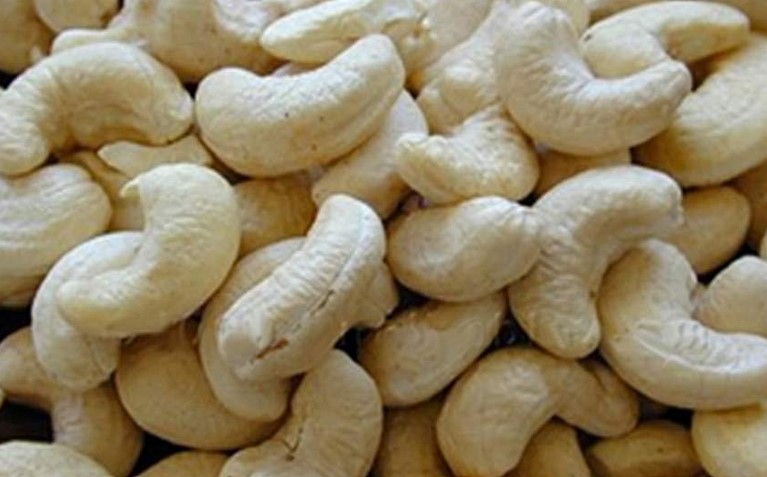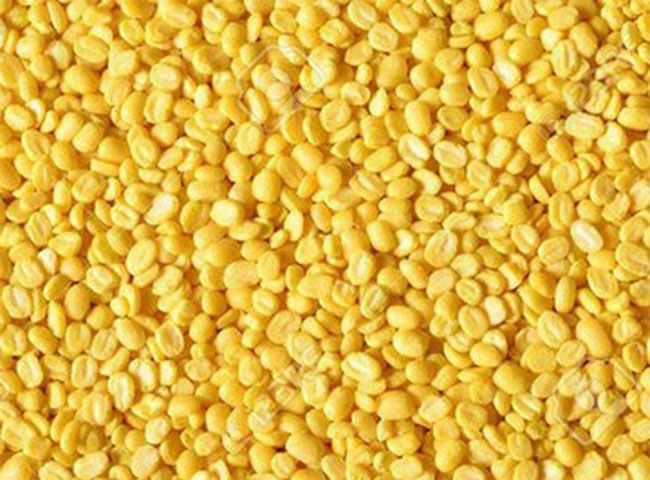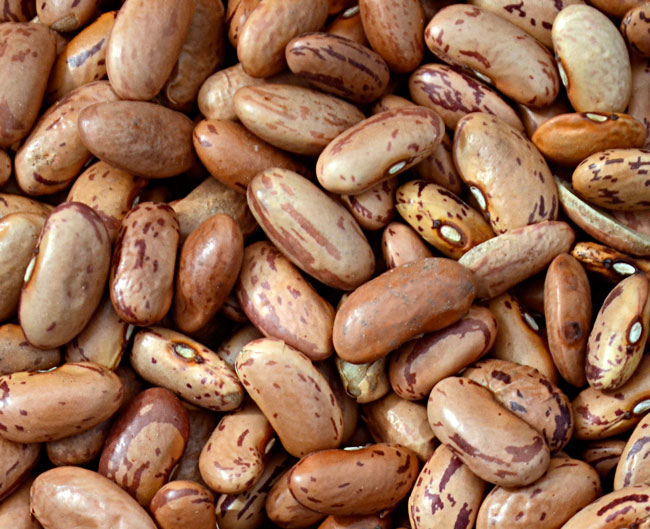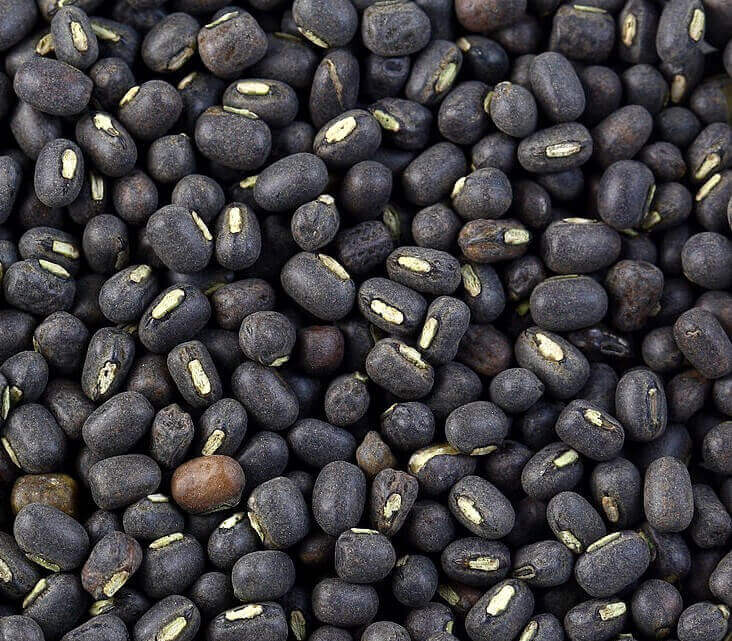Cashew Kaju : are a type of nut that comes from the cashew tree (Anacardium occidentale).
Here are some key points about cashews:
- Origin and Cultivation:
- The cashew tree is native to northeastern Brazil.
- Today, major producers include Vietnam, Nigeria, India, and Côte d’Ivoire.
- Botanical Aspects:
- Cashews grow on the end of the cashew apple, which is a pseudo fruit.
- The actual cashew nut is inside a shell at the end of the cashew apple.
- Nutritional Profile:
- Cashews are rich in healthy fats, proteins, and various vitamins and minerals.
- They provide a good source of copper, magnesium, manganese, and phosphorus.
- Uses:
- Cashews are used in a variety of culinary dishes, both sweet and savory.
- They can be eaten raw, roasted, or used to make cashew butter, milk, and cheese.
- Health Benefits:
- Consuming cashews can contribute to heart health due to their healthy fat content.
- They support bone health and help in managing weight.
- Processing:
- Cashew nuts are processed to remove the toxic shell oil (anacardic acid) before they can be eaten.
- Economic Importance:
- Cashew cultivation is a significant source of income in several developing countries.
- The global cashew market has seen growth due to increasing demand for healthy snacks.
To learn more about nuts, pulses, spices, ingredients and fruits.
Cashew – Kaju – काजू
Cashew Kaju काजू एक प्रकार का मेवा है जो काजू के पेड़ (अनाकार्डियम ऑक्सिडेंटेल) से प्राप्त होता है। यहाँ काजू के बारे में कुछ महत्वपूर्ण जानकारी दी गई है:
- उत्पत्ति और खेती:
- काजू का पेड़ उत्तरपूर्वी ब्राज़ील का मूल निवासी है।
- आज, वियतनाम, नाइजीरिया, भारत और कोट ड’ईवोयर काजू के प्रमुख उत्पादक देश हैं।
- वानस्पतिक पहलू:
- काजू सेब के अंत में बढ़ते हैं, जो एक छद्मफल है।
- वास्तविक काजू नट एक खोल के अंदर काजू सेब के अंत में होता है।
- पोषण संबंधी प्रोफ़ाइल:
- काजू स्वस्थ वसा, प्रोटीन और विभिन्न विटामिन और खनिजों से भरपूर होते हैं।
- यह तांबा, मैग्नीशियम, मैंगनीज और फास्फोरस का अच्छा स्रोत हैं।
- उपयोग:
- काजू विभिन्न मीठे और नमकीन व्यंजनों में उपयोग किए जाते हैं।
- इन्हें कच्चा, भुना हुआ खाया जा सकता है या काजू मक्खन, दूध और पनीर बनाने में उपयोग किया जा सकता है।
- स्वास्थ्य लाभ:
- काजू का सेवन हृदय स्वास्थ्य में योगदान कर सकता है क्योंकि इनमें स्वस्थ वसा होती है।
- यह हड्डियों के स्वास्थ्य का समर्थन करते हैं और वजन प्रबंधन में मदद करते हैं।
- प्रसंस्करण:
- काजू नट्स को खाने से पहले जहरीले खोल के तेल (एनाकार्डिक एसिड) को हटाने के लिए संसाधित किया जाता है।
- आर्थिक महत्व:
- काजू की खेती कई विकासशील देशों में आय का एक महत्वपूर्ण स्रोत है।
- स्वस्थ स्नैक्स की बढ़ती मांग के कारण वैश्विक काजू बाजार में वृद्धि देखी गई है।




